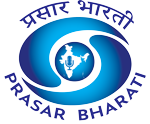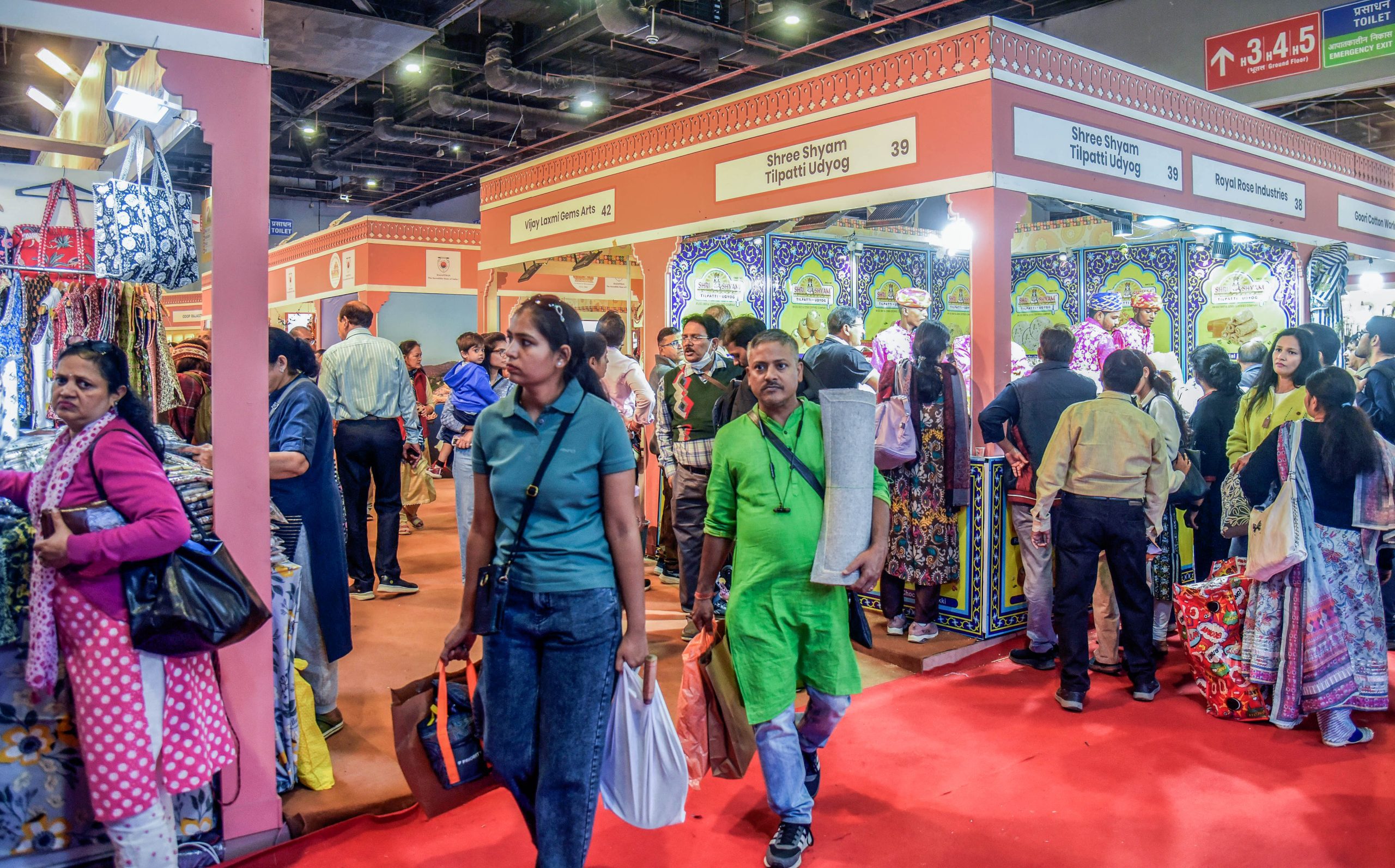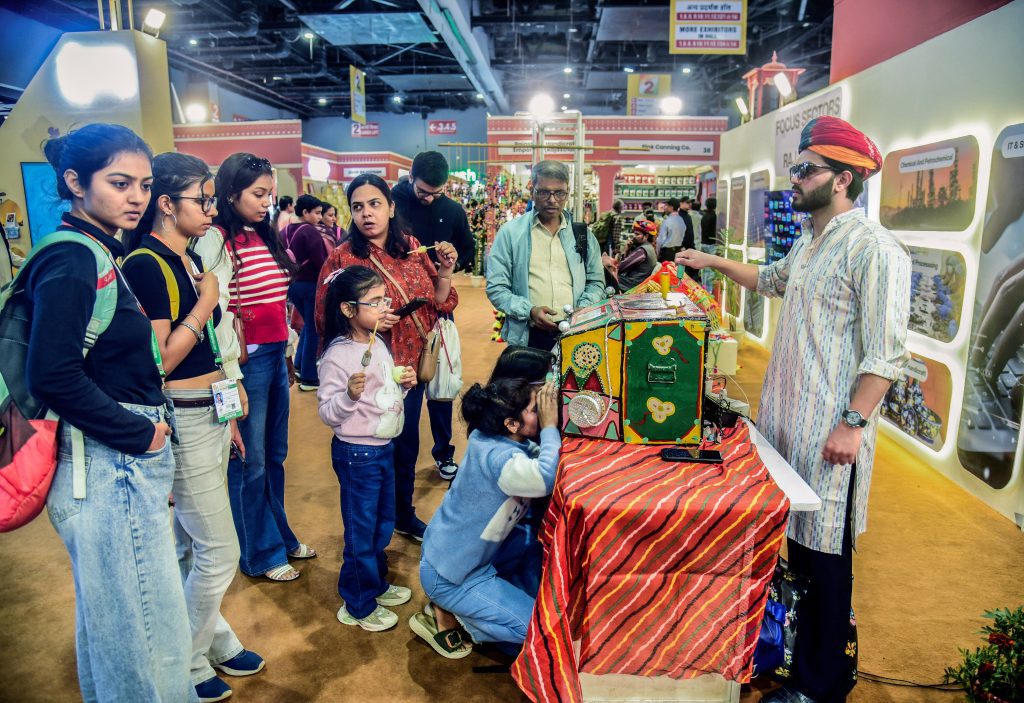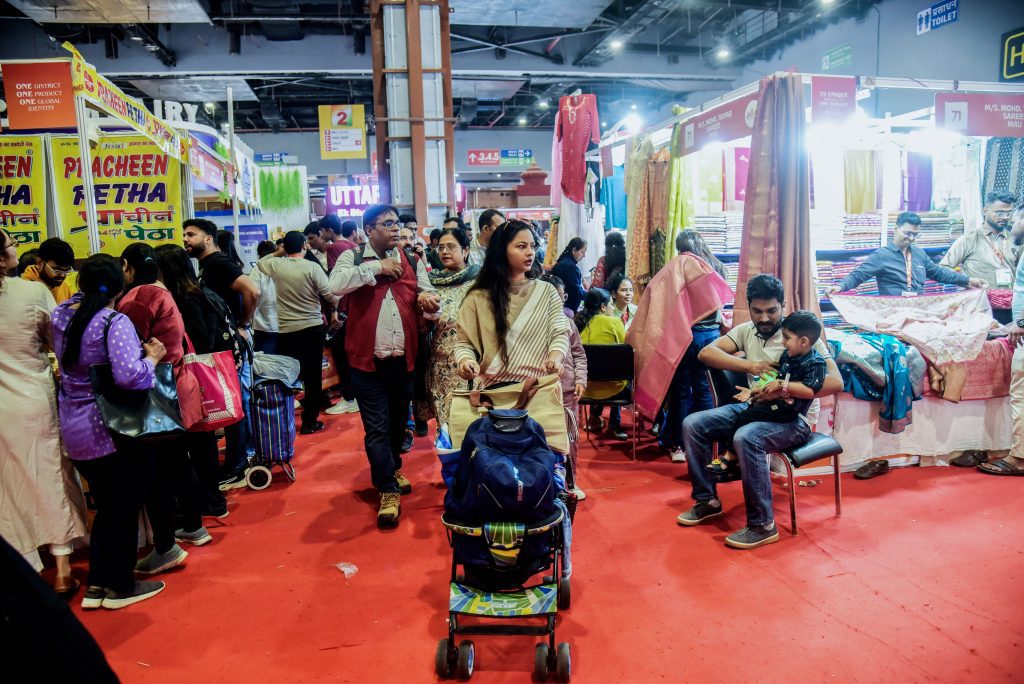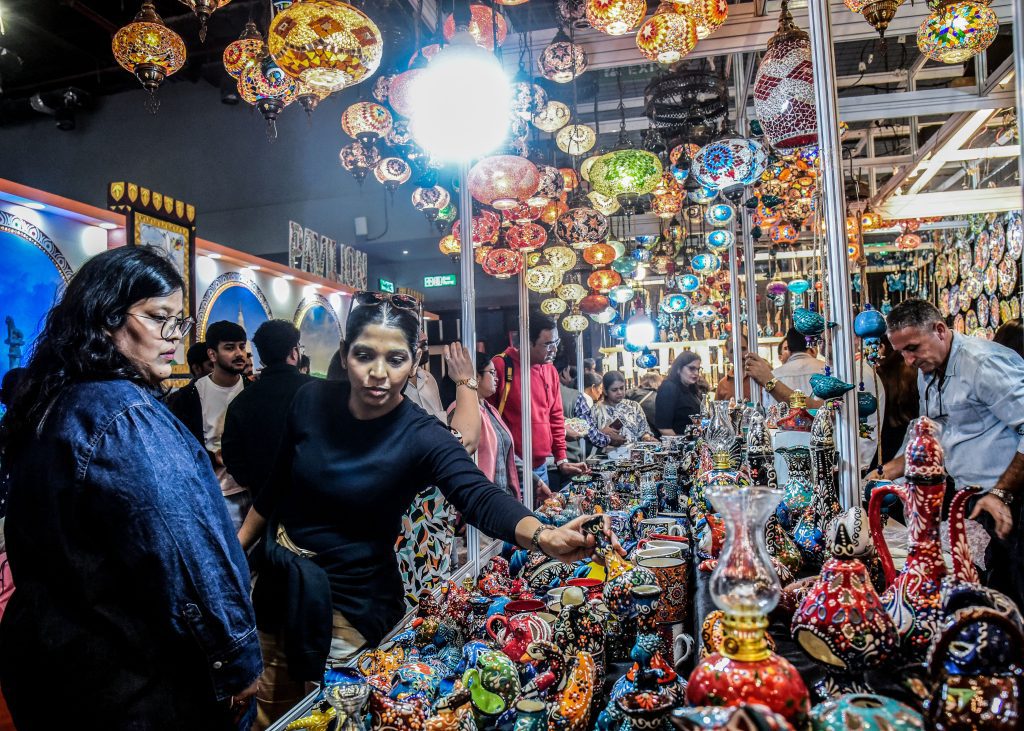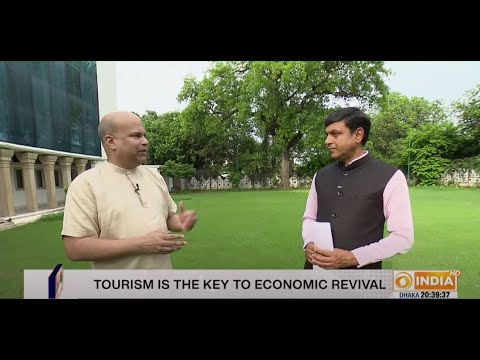For decades, trade fairs have shown how markets flourish when people, products and ideas meet. This year’s India International Trade Fair (IITF), themed “Ek Bharat Shreshtha Bharat”, carries that legacy forward in its 44th edition. With more than 3,500 participants, 31 States and Union Territories, and exhibitors from 11 countries, Bharat Mandapam has transformed into a vibrant crossroads of cultures, crafts and commerce.
Partner States such as Bihar, Maharashtra, Rajasthan and Uttar Pradesh, along with Focus State Jharkhand, are showcasing not just their products but the economic aspirations of their regions. Government departments, PSUs, MSMEs, start-ups and international delegations share the space with artisan collectives and traditional craft clusters – making the fair one of India’s strongest platforms for small producers and emerging entrepreneurs.
“I’ve never seen a trade fair this big”
In one of the bustling aisles, Egyptian exhibitor Eslam Kamal watches visitors stop to admire his marble handicrafts. His family has been exhibiting here for 25 years – long enough to map the arc of their business growth with the expansion of the fair itself. “There has been steady growth in this space,” he says. “We always receive a good response, and the demand has increased.” For him, Bharat Mandapam remains “the largest trade fair” he has ever attended, a place where footfall and support continue to climb each year. His experience echoes that of many international participants who return not out of habit, but because India has emerged as a dependable market.
A marketplace that becomes a second home
For Ulas from Turkey, the bond with India runs even deeper. “We’ve been coming to India for almost 24-25 years now,” he says. “Earlier we used to go to other trade fairs, but now we exhibit only in India.” He and his team spend nearly half the year here, forming relationships that outlast the fair. “Our customers return every year,” he adds. “That is what keeps us motivated.”
When heritage becomes livelihood
A few halls away, the stall selling Kolhapuri chappals is constantly crowded. For Sachin Satpute, the fair is both a market and a cultural stage. “Events like this really help in marketing and branding,” he says. The impact is tangible – six months’ income earned in just 15 days.
When stock sells out before the fair ends
Some exhibitors measure success by how quickly they run out of stock. “This is our second time at the Trade Fair,” says Shobha from Maharashtra, who sells chutneys, pickles and ghee. “Last year, we sold 2-3 quintals of products, and our stock got over 2–3 days before the fair ended.” For small producers like her, such demand is more than profit – it is validation.
For exporters, a doorway back home
For Moradabad-based exporter Mohammed Fazil, the fair is a bridge to a new market. Usually exporting metal handicrafts to Europe and the US, he is at Bharat Mandapam this year seeking domestic buyers. “We are looking for more exposure in the Indian market,” he says. For businesses like his, the fair serves as a testing ground where branding meets sheer footfall.
When a fair fuels artisanal dreams
For some, the fair becomes a catalyst for transformation. “This is my second time, and it has been very advantageous for me,” says National Awardee Ikram Hussain from Uttar Pradesh. In just 15 days, he earns the equivalent of three months’ sales. “The opportunities here have helped me expand my business significantly,” he says – his story reflecting the fair’s role in elevating artisans beyond regional boundaries.
Connections that continue long after the gates close
From Thailand, Kim has been attending the fair for nearly 12 years. Her customers not only return each year but also place wholesale orders long after the event ends. “The relationships we build here continue throughout the year,” she says.
Building ecosystems, not just stalls
Walk through IITF long enough and a pattern emerges. Whether it is marble from Egypt, jewellery from Thailand, leather from Maharashtra or metalwork from Uttar Pradesh, every exhibitor speaks of visibility, connection and income that extend far beyond the 14-day showcase.
Trade fairs like IITF do more than boost sales – they create ecosystems. They give artisans recognition, allow exporters to find domestic footholds, and help small producers build loyal customer bases.
In these aisles filled with stories, the fair becomes more than a marketplace – it becomes a community shaped by ambition, heritage and the shared pursuit of opportunity.





